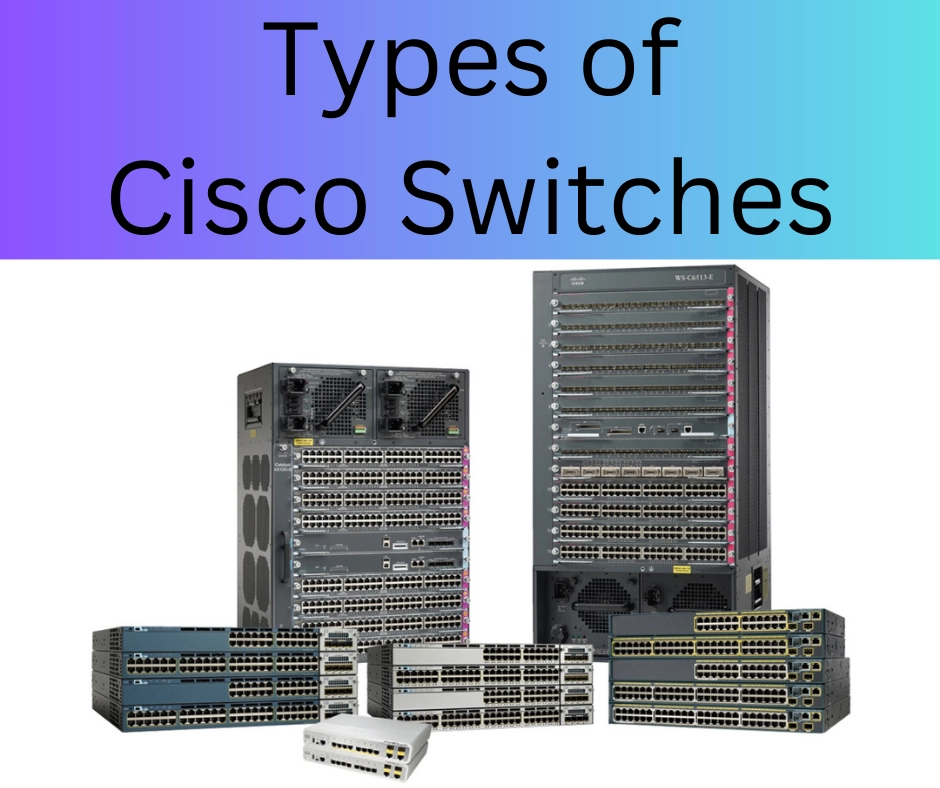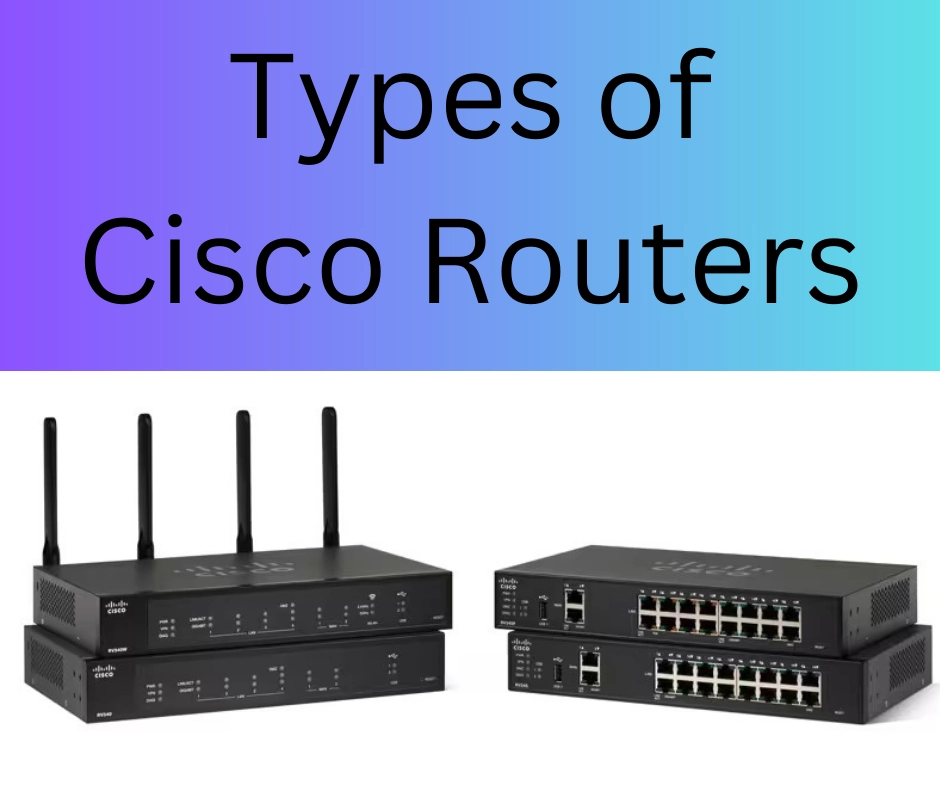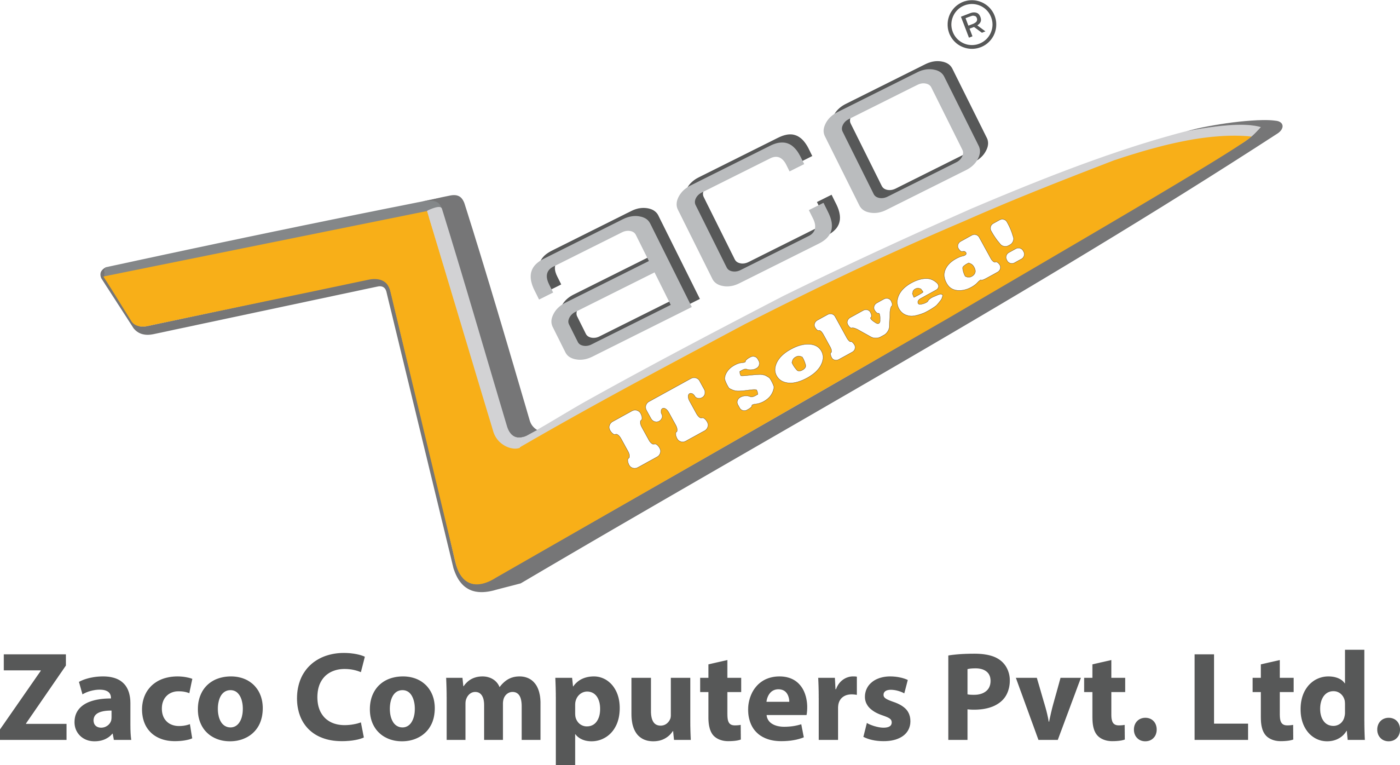Cisco is a leading provider of networking equipment and solutions and their switches and routers are widely used in businesses and organizations around the world. In this blog, we’ll explore the different types of Cisco switches and routers, their key features and how they can be used in various network environments.
Introduction to Cisco Switches and Routers
Cisco switches and routers are essential components of any network infrastructure. They are designed to manage data traffic and ensure reliable connectivity between devices. These switches are used to connect devices within a local area network (LAN), while routers are used to connect different networks together. Zaco offers a wide range of switches and routers, each with unique features and capabilities to meet the needs of different network environments.

Understanding Different Types of Cisco Switches
Cisco offers a variety of switches to meet the needs of different network environments. The most common types of Cisco switches include unmanaged switches, managed switches, multi-layer switches, fixed-configuration switches, modular switches and stackable switches. Fixed-configuration switches are ideal for small to medium-sized businesses, while modular switches are designed for larger networks that require more flexibility. Stackable switches allow multiple switches to be connected and managed as a single unit, making them ideal for growing networks. Each type of switch has unique features and capabilities, so choosing the right one for your specific needs is important.
The most common types of Cisco switches that are widely used across the industry are discussed below:
Cisco Fixed Configuration Switches
Cisco Fixed configuration switches are the most basic type of switch and are designed for small to medium-sized networks. They come with a fixed number of ports and cannot be expanded. These switches are easy to install and manage, making them ideal for businesses with limited IT resources.
Cisco Modular Switches
Cisco Modular switches are designed for larger networks and offer greater flexibility than fixed configuration switches. They come with a chassis that can be populated with different modules, allowing businesses to customize their switch to meet their specific needs. Modular switches are more expensive than fixed configuration switches but offer greater scalability and flexibility.
Cisco Layer 2 Switches
Cisco Layer 2 switches operate at the data link layer of the OSI (Open System Interconnection) model and are used to connect devices within a local area network (LAN). They offer features such as MAC address filtering and port security. Layer 2 switches are ideal for small to medium-sized businesses that need to segment their network and control access to network resources.
Cisco Layer 3 Switches
Cisco Layer 3 switches operate at the network layer of the OSI model and can route traffic between different subnets. They offer advanced features such as routing protocols and access control lists (ACLs). Layer 3 switches are ideal for large businesses that need to segment their network and control access to network resources.

Understanding Different Types of Cisco Routers
Cisco routers are another essential component of any network infrastructure. They are responsible for directing data traffic between different networks, such as the Internet and a local area network (LAN). Cisco offers a variety of routers to meet the needs of different network environments, including branch routers, edge routers and core routers. Branch routers are designed for small to medium-sized businesses, while edge routers are ideal for larger networks that require more advanced features. Core routers are the most powerful and are designed for large-scale networks that require high-speed data transfer and advanced security features. Each type of router has its own unique features and capabilities, so it’s important to choose the right one for your specific needs.
The most common types of Cisco routers used across industries today are:
Small Office/Home Office (SOHO) Cisco Routers
SOHO routers are designed for small networks and offer basic features such as NAT (Network Address Translation), DHCP (Dynamic Host Configuration Protocol) and firewall. They are easy to set up and require no configuration. SOHO routers are ideal for small businesses that do not have an IT department or a dedicated network administrator.
Cisco Branch Routers
Cisco branch routers are designed for branch offices and offer more advanced features such as VPN (Virtual Private Network), WAN (Wide Area Network) optimization, voice and video support. They are typically used in medium-sized businesses that have multiple branch offices.
Cisco Enterprise Routers
Cisco enterprise routers are designed for large networks and offer advanced features such as MPLS (Multiprotocol Layer Switching), BGP (Border Gateway Protocol) and multicast support. They are typically used in large businesses that have multiple locations and need to connect different networks together.
Cisco Service Provider Routers
Cisco service provider routers are designed for service providers and offer features such as high availability, scalability and carrier-grade NAT. They are typically used by Internet service providers (ISPs) and telecommunications companies.
Conclusion
In conclusion, Zaco offers a wide range of Cisco switches and routers to meet the needs of businesses and organizations of all sizes. Whether you need a simple unmanaged switch for a small network or a high-end service provider router for a large network, we have a solution for everyone. Switches and routers are essential components of any network and choosing the right one can help improve network performance and security. If you are unsure as to which switch or router is right for your business, consult Zaco’s network specialists for assistance.

